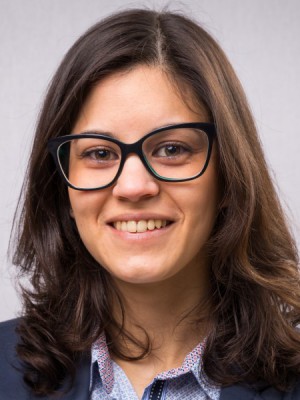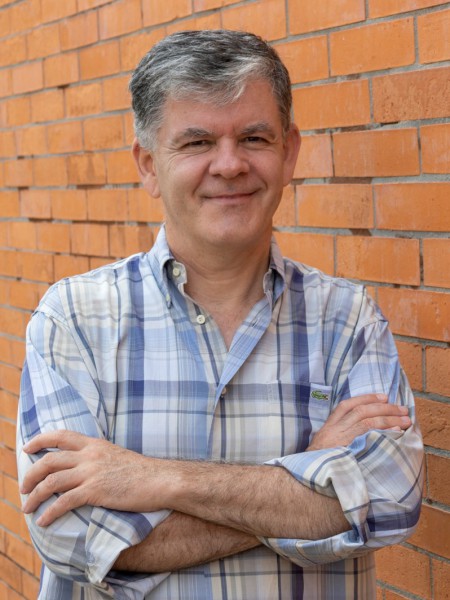abstract
In the past few years, the number of studies regarding the application of ionic liquids (ILs) as alternative solvents to extract value-added compounds from biomass has been growing. Based on an extended compilation and analysis of the data hitherto reported, the main objective of this review is to provide an overview on the use of ILs and their mixtures with molecular solvents for the extraction of value-added compounds present in natural sources. The ILs (or IL solutions) investigated as solvents for the extraction of natural compounds, such as alkaloids, flavonoids, terpenoids, lipids, among others, are outlined. The extraction techniques employed, namely solid-liquid extraction, and microwave-assisted and ultrasound-assisted extractions, are emphasized and discussed in terms of extraction yields and purification factors. Furthermore, the evaluation of the IL chemical structure and the optimization of the process conditions (IL concentration, temperature, biomass-solvent ratio, etc.) are critically addressed. Major conclusions on the role of the ILs towards the extraction mechanisms and improved extraction yields are additionally provided. The isolation and recovery procedures of the value-added compounds are ascertained as well as some scattered strategies already reported for the IL solvent recovery and reusability. Finally, a critical analysis on the economic impact versus the extraction performance of IL-based methodologies was also carried out and is here presented and discussed.
keywords
ULTRASONIC-ASSISTED EXTRACTION; COUNTER-CURRENT CHROMATOGRAPHY; BIPHENYL CYCLOOCTENE LIGNANS; SCHISANDRA-CHINENSIS BAILL; FLAVUM CR. PAPAVERACEAE; NELUMBO-NUCIFERA GAERTN; ESSENTIAL OIL; SUDAN DYES; SHRIMP-WASTE; 1-N-BUTYL-3-METHYLIMIDAZOLIUM CHLORIDE
subject category
Chemistry; Science & Technology - Other Topics
authors
Passos, H; Freire, MG; Coutinho, JAP
our authors
Groups
G4 - Renewable Materials and Circular Economy
G5 - Biomimetic, Biological and Living Materials
Projects
Igy Technology: A Purication Platform using Ionic-Liquid-Based Aqueous Biphasic Systems (IGYPURTECH)
acknowledgements
The authors are grateful for financial support from FCT - Fundacao para a Ciencia e a Tecnologia for the projects EXPL/QEQ-PRS/0224/2013 and PEst-C/CTM/LA0011/2013. H. Passos aknowledges FCT for the doctoral grant SFRH/BD/85248/2012. M. G. Freire acknowledges the European Research Council (ERC) for the Starting Grant ERC-2013-StG-337753.




